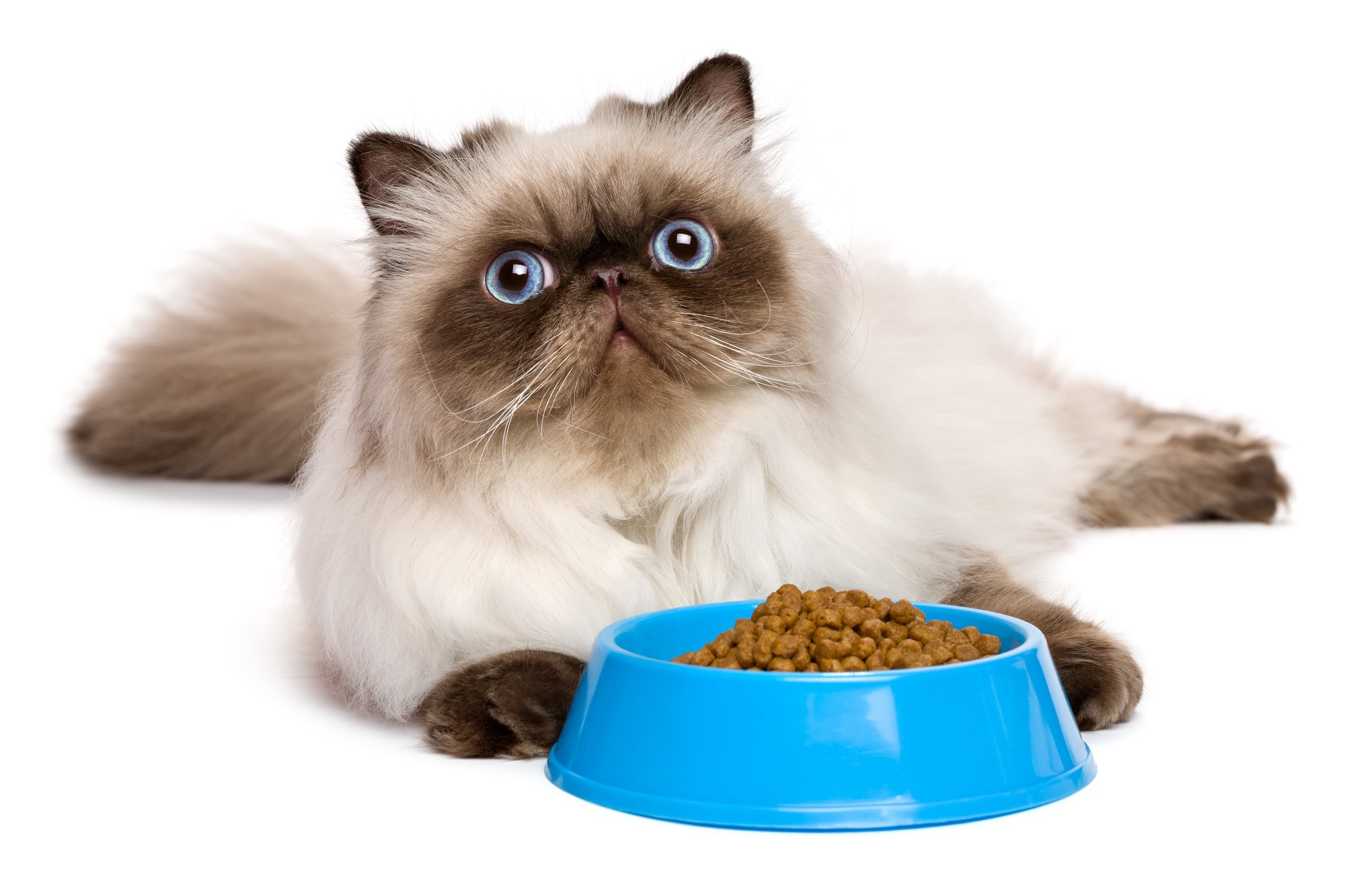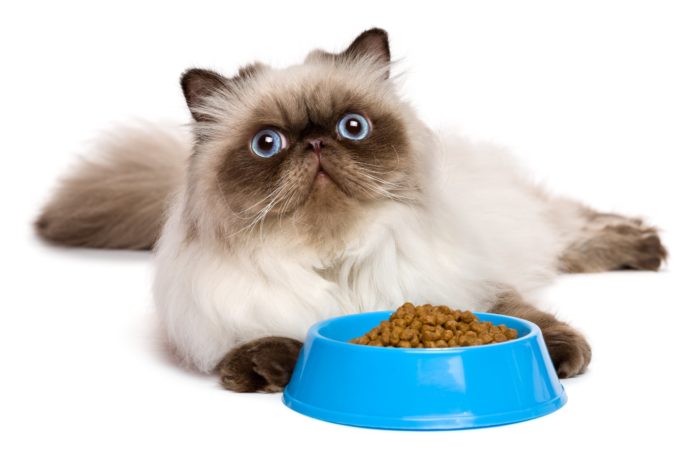
Life can bring valid reasons for switching your cat’s food, including an illness that requires a specific diet or a discontinuation of the formula you usually feed. Or maybe you’ve heard good things about a new brand and want to try it out. Or there’s a great deal on a brand of cat food this month . . . the reasons are endless. So, is it OK to switch? Yes, just make the switch sensibly.
Check the Label
Whichever brand of cat food you’re feeding, or even if you make your own (which is not a trivial endeavor), your cat’s diet needs to be balanced and complete to meet his nutritional needs. The Association of American Feed Control Officials (AAFCO) determines the nutritional needs of cats in their various life stages, and these standards should be used by pet-food companies when formulating their diets.
If you’re considering a new food, check the package label to make sure that it has an AAFCO statement on it that says the food has been formulated to meet the AAFCO nutrient guidelines or that the food has been verified through feeding trials.
Feeding trials are considered the gold standard, but most foods use the nutrient profile standards, and that’s just fine. As long as you see an AAFCO statement, the food should contain everything that your cat needs.
How to Mix It Up
When changing your cat’s diet, the most important thing is to make the transition gradually. Sudden diet changes, particularly if your cat has been eating the same food for a long time, may cause gastrointestinal (GI) upset. This can manifest as something as simple as a little loose stool or, in more severe cases, as bloody diarrhea and/or damage to your cat’s digestive tract.
Start introducing the new food before you have run out of the old food. Mix a little of the new food in with the old food on the first day—25 percent new food to 75 percent old food—and gradually increase the percentage of new food over the next several days, until your cat’s meal is completely made up of the new food. For most cats, a switch can be done in four to five days, especially if the two foods are fairly similar in ingredients. If your cat has a history of GI sensitivities, make the change over a period of seven days or longer to give him plenty of time to adjust to the new food.
Incorporate Variety
Feeding the “same food” has a bit of leeway in it. We all know cats are notorious for being finicky. Some cats will only eat one flavor of one brand of food, while others seem to change their tastes every other day and expect you to keep up with their desires.
But relax, says the Cornell Feline Health Center, you can safely handle these demands: “Feeding your cat two or three different cat foods provides flavor variety and may prevent your cat from developing an exclusive preference for a single food.” Cats need to eat on a regular basis to maintain optimum health, so having a couple different types of food on hand for a picky eater can help to keep him eating daily.
And regular meals are so very important for cats, even overweight cats. Although a gradual caloric restriction and increased exercise will help him to lose weight, stopping eating entirely can lead to a serious condition called hepatic lipidosis (see our December 2017 issue or visit catwatchnewsletter.com archives).
Emergency Situations
In addition, sometimes a gradual transition to a new diet isn’t possible. If your cat is being switched to a special diet for a medical problem, ask your veterinarian if it would be better to take a few days to do the switch or to do it immediately. The answer will vary depending on what is wrong and how severe the issue is.
Natural disasters—earthquakes, blizzards, tornadoes, fires—can interfere with store shipments, leaving you without your usual brand of food. And traveling or moving always brings the risk of forgetting to pack enough cat food and not knowing where to get more. In these situations, buy the food that seems most similar to what you have been feeding. If possible, mix that food with something bland, such as boiled chicken or plain canned pumpkin. If your cat has some loose stool or diarrhea, don’t worry too much; but if the diarrhea persists for more than a day or two a call to your veterinarian is in order.




